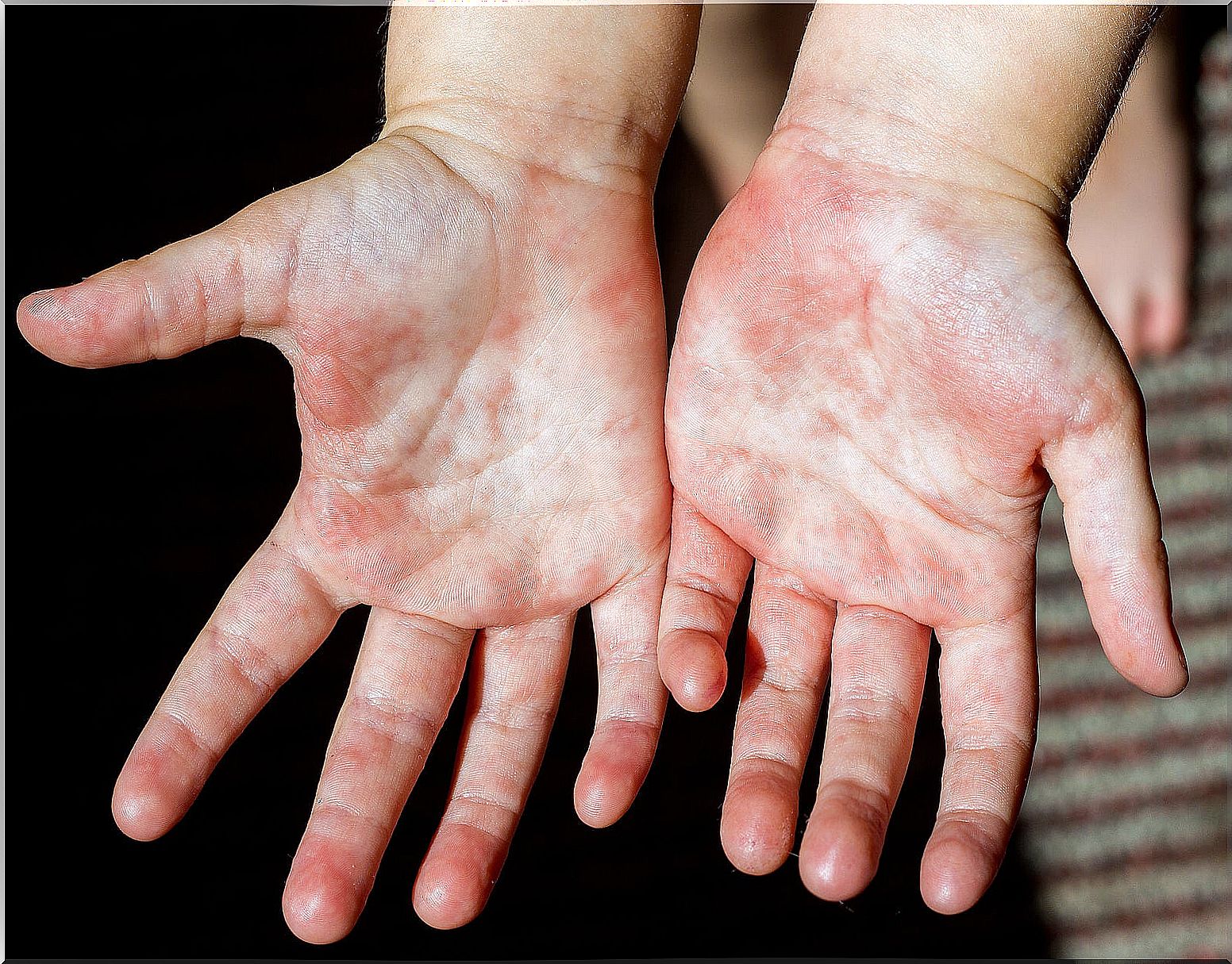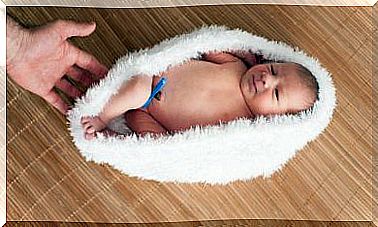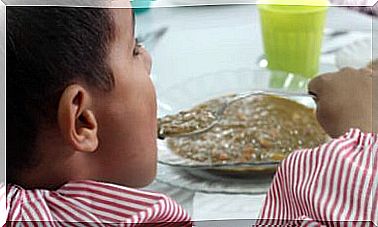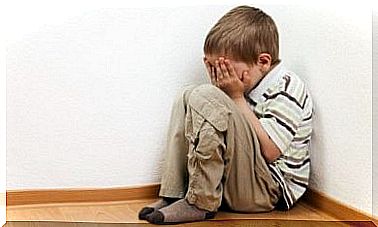Rashes In Children: Keys And Recommendations
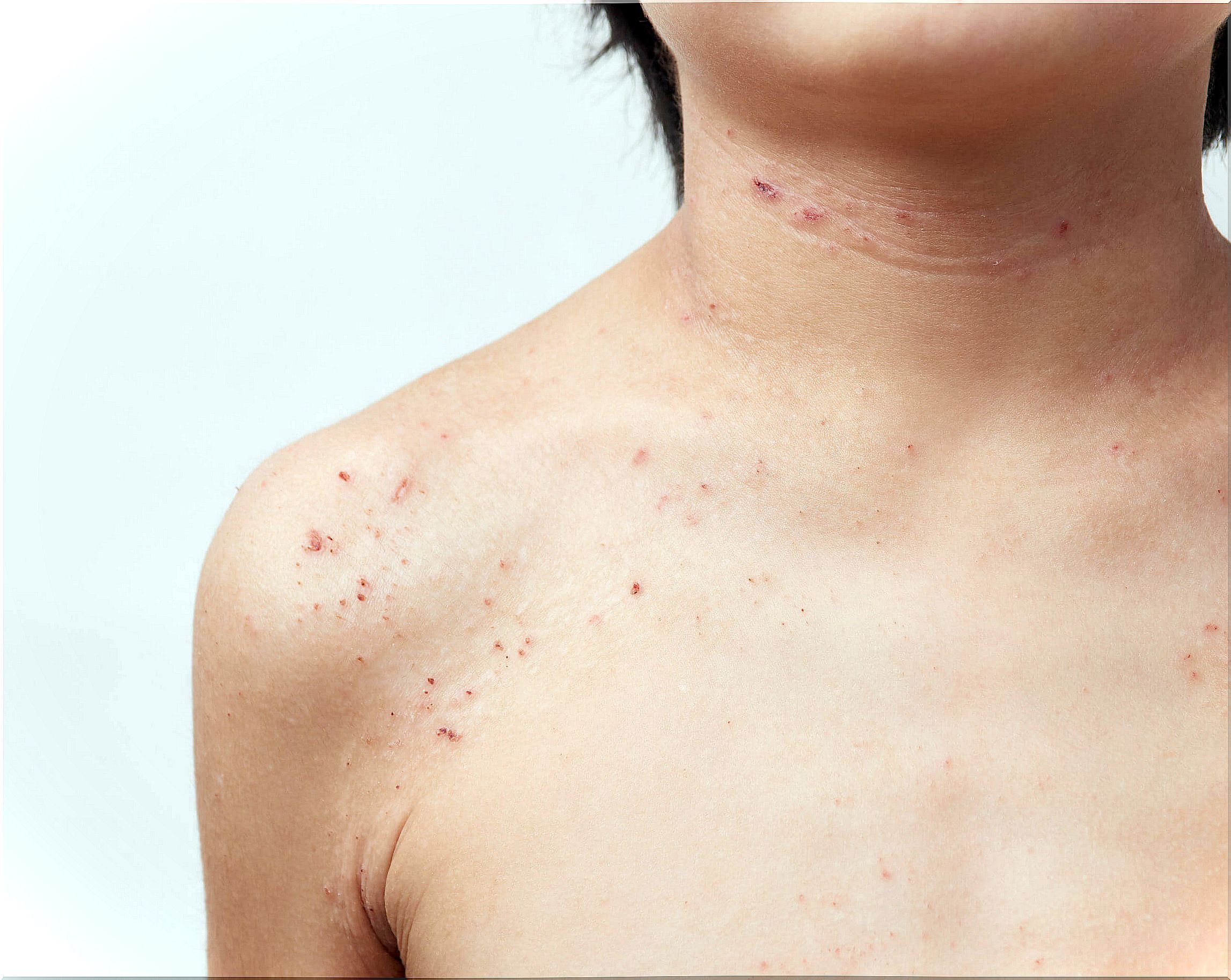
Rashes in children are frequent manifestations to diagnose. The most common is that they are benign and resolve spontaneously without requiring any specific treatment. However, the ideal is to recognize them in order to interpret whether a consultation with a specialist doctor is necessary.
Rashes in children
The eruptions in children are made up of lesions of variable morphology and diverse etiology. However, they all have the same clinical features of erythema, which is due to its inflammatory basis.
Some of the best known childhood rashes are the following:
- Atopic dermatitis.
- Rash diseases.
- Impetigo.
- Prurigo.
- Urticaria.
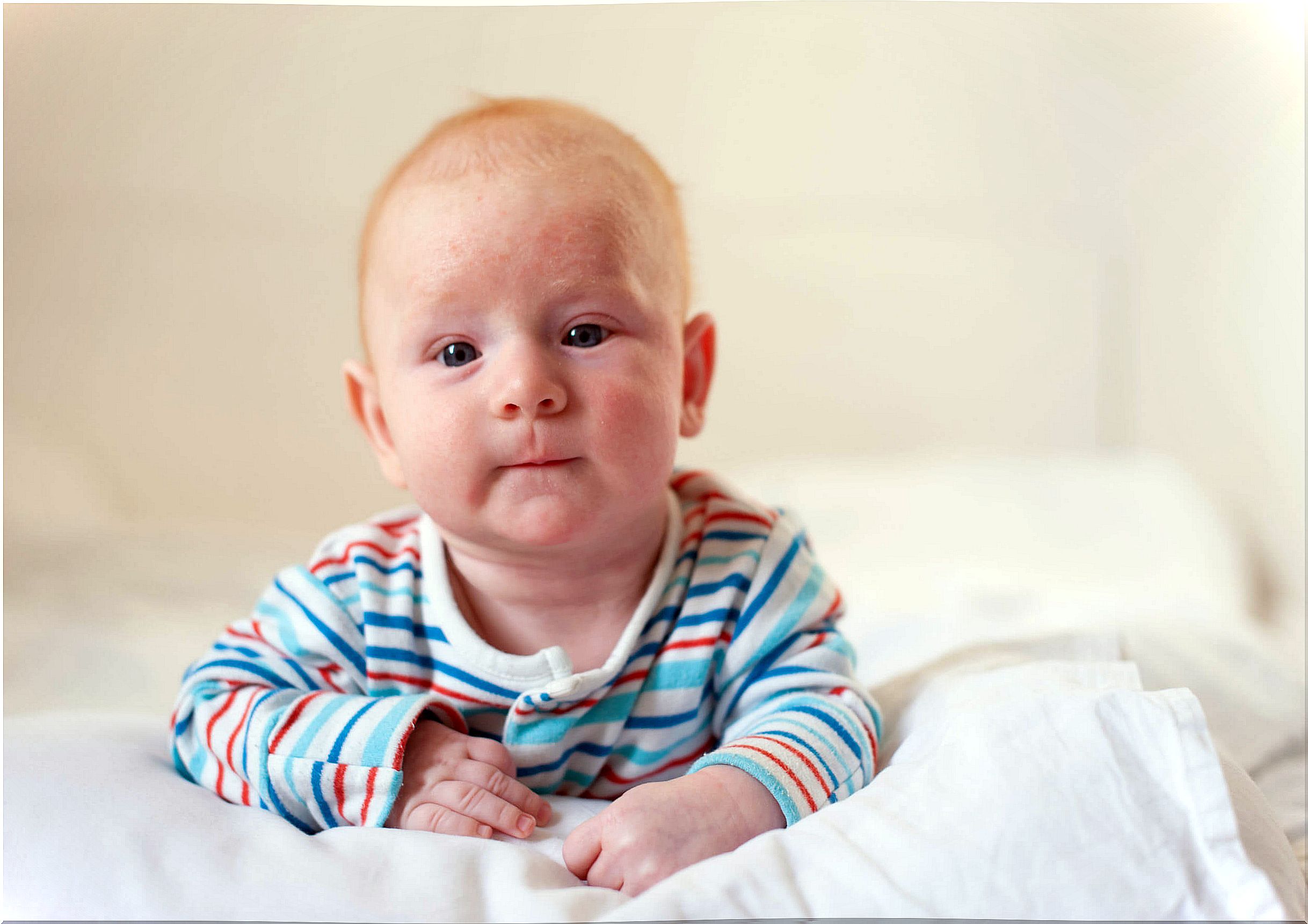
Keys and recommendations for rashes in children
Although before any signs or symptoms in infants , consultation with trained and suitable personnel is recommended to diagnose the clinical picture, there are different indications to prevent or manage rashes in children.
Some rashes when combined with fever, general malaise or another more important symptom can be expressions of serious pathologies.
Avoid scratching
One of the distinctive clinical features of rashes in children is the significant itching they generate. Atopic dermatitis, contact dermatitis, prurigo caused by insect bites are clear examples of this.
Avoiding scratching when the sensation is intense is tricky. However, it is recommended not to scratch the lesions, as it causes even more itchiness. Even scratching can generate excoriations or lesions on the skin that will tend to bacterial infection.
Use sunscreen
Sunscreen is essential when children are going to be exposed to the sun, whether for short or long periods. In turn, its use, in addition to preventing carcinogenic lesions, prevents the development of red sunburns with intense itching.
The good implementation of sun filters prevents the generation of blisters, vesicles or painful burns after sun exposure.
Sunscreen must be equal to or greater than 50 SPF against UVB and UVA rays, and its application must be renewed every two hours if it is going to continue to be exposed to ultraviolet rays.
Use insect repellent
According to the American Academy of Pediatrics, insect repellants should not contain more than 30% DEET (N, N-Diethyl-meta-toluamide) in their composition. In turn, they should not be applied in children under 2 months.
Insect bites are the main causes of prurigo, hives and extensive rashes on the skin surfaces of children. Although they can only be expressed with itchy hives, there are clinical pictures that can be more serious.
The higher the concentration of DEET that the product contains, the longer its effect will last on the skin surface. Therefore, if the child is going to be outdoors for a long time, it is better to opt for high values.
Constant wetting
The use of emollients is one of the most important skin care measures to follow. In turn, it positively influences its function as a protective barrier.
The choice of the product must be made in a conscious way. That is to say, you should opt for emulsions, which are more fluid presentations than creams and which in their composition have Vitamin A, Vitamin E, allantoin, etc.
Choice of suitable hygiene products
Allergic eruptions due to exposure to substances that the skin interpreted as unknown are no less frequent. Consequently, bath soaps should be hypoallergenic, creamy, and with as little fragrance and alcohol content as possible.
The syndet (synthetic detergents) are recommended to be largely synthetic surfactants not from oil or grease and its pH is lower than the soaps.
Soothing lotions
Rashes in children usually present with erythema, scaling, blisters, and scabs. However, one of the great discomforts they cause is itching or a feeling of pain. In these cases, you can resort to lotions containing calamine, to calm the symptoms of children.
In addition, these lotions alleviate the urge to scratch, thus avoiding the consequent generation of excoriations or over-aggregated infections.
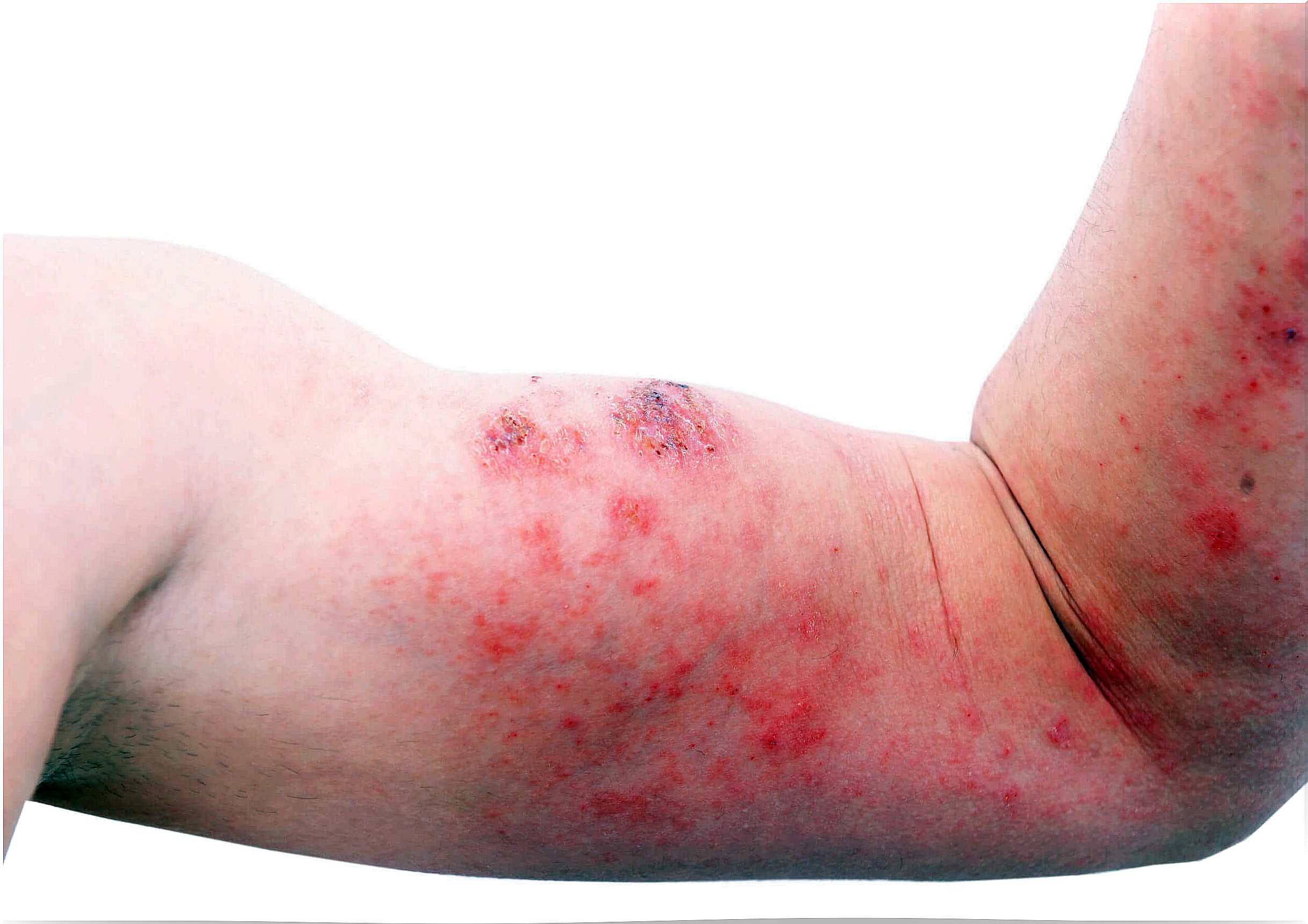
Identify the causative agent
The rash skin that develop through contact with a product or a food intake are to be diagnosed quickly, and that can trigger severe allergic problems .
The aggravating agent or agent that triggered the condition must be recognized. In most cases, these are as follows:
- Nuts.
- Tomatoes.
- Eggs.
- Sea products.
- Citrus
Rashes in children and self-medication
While there are known ways to soothe certain discomforts or symptoms in children, self-medication by parents is not recommended. Also, consulting a pediatrician will always be the best option. The specialist will be the one to determine the cause and severity of the clinical picture and the therapeutic conduct to be followed.
